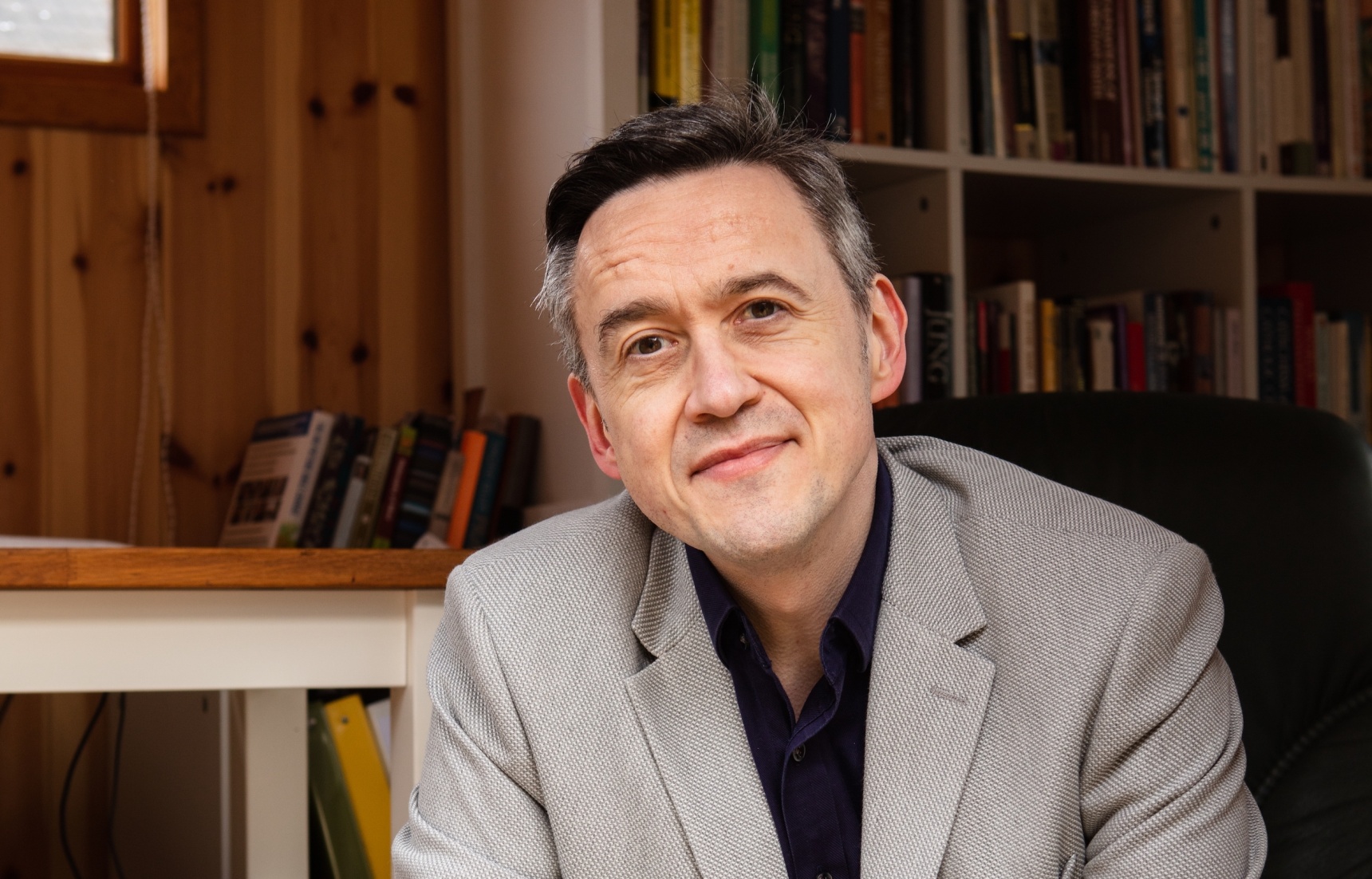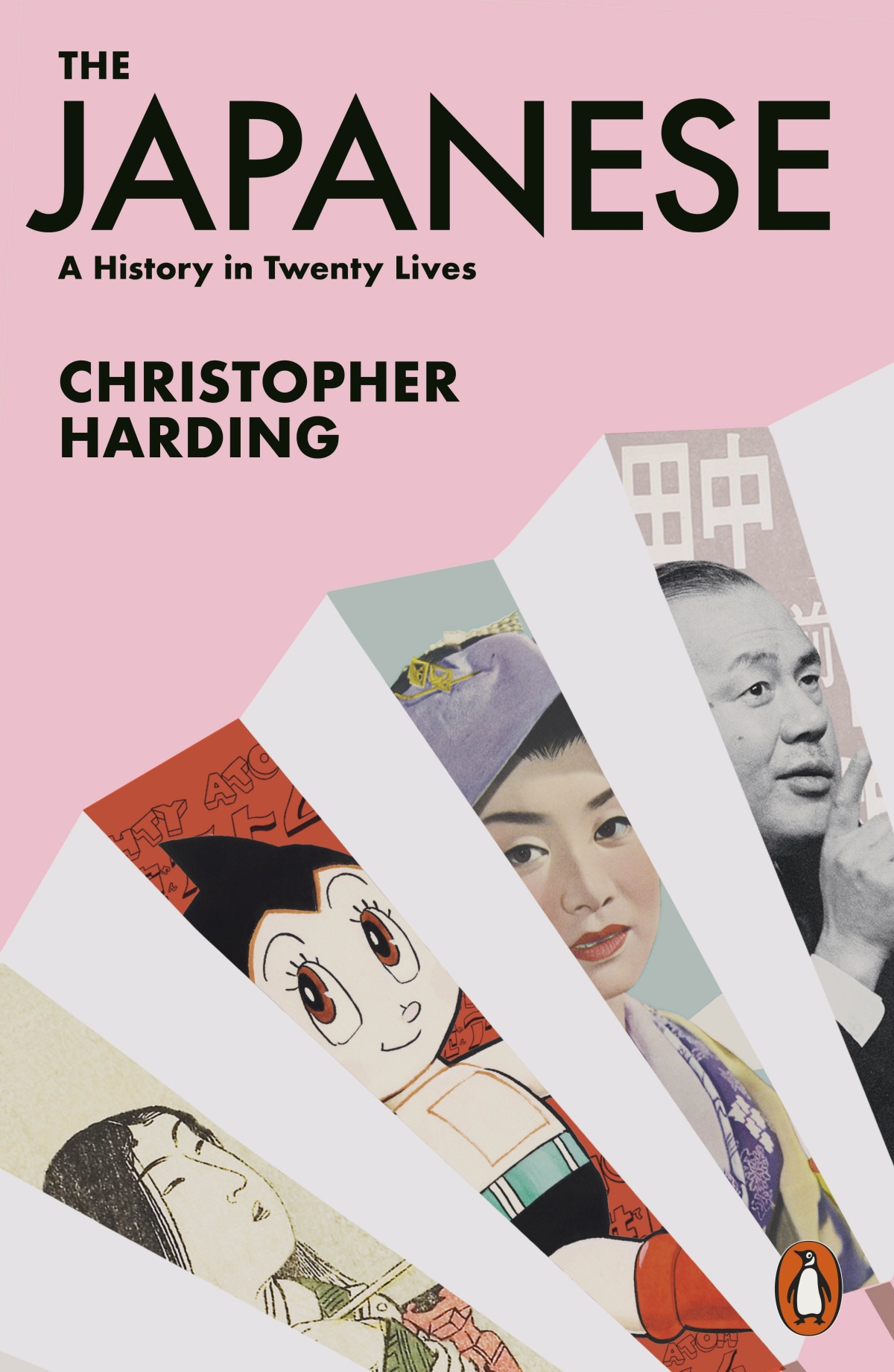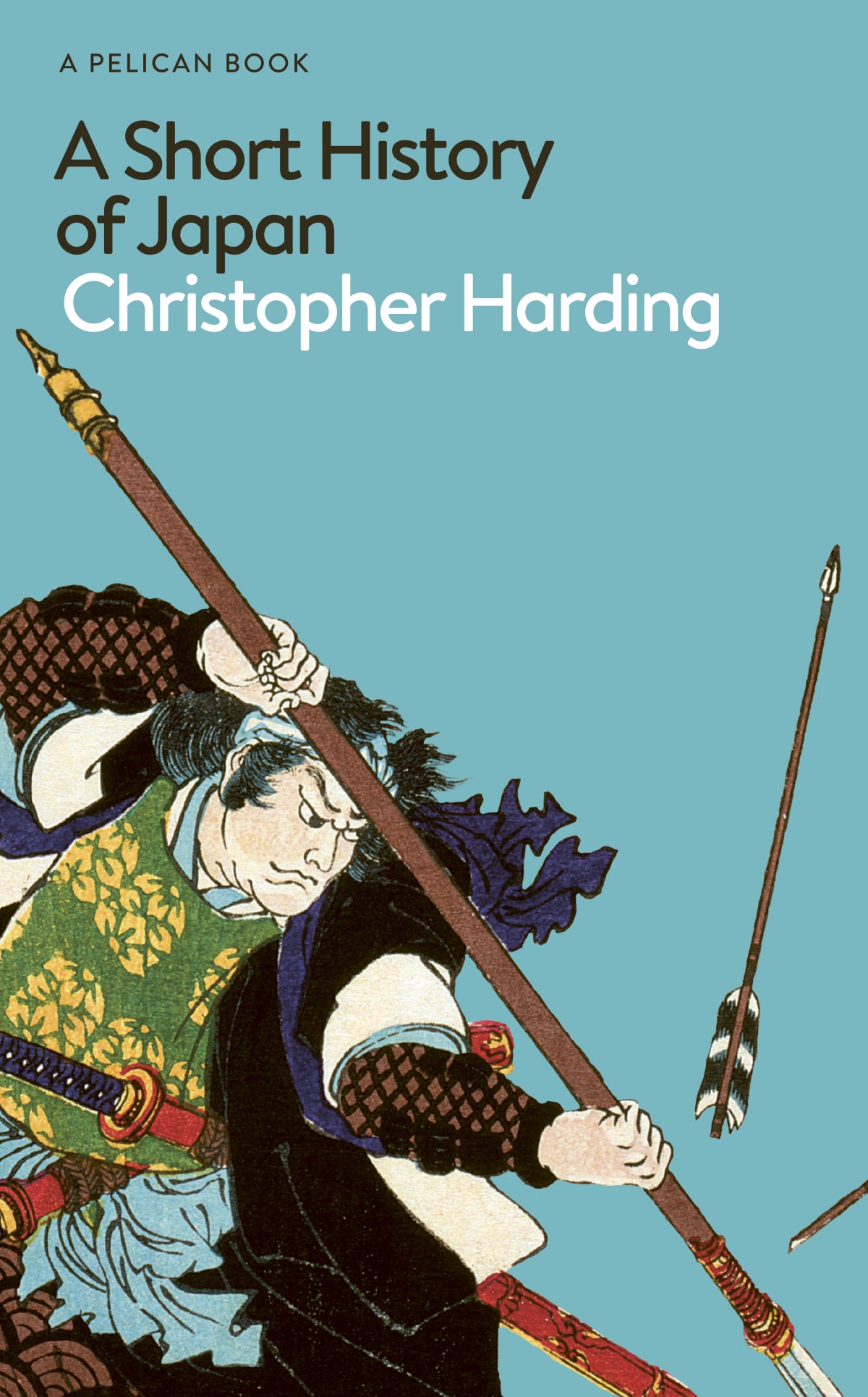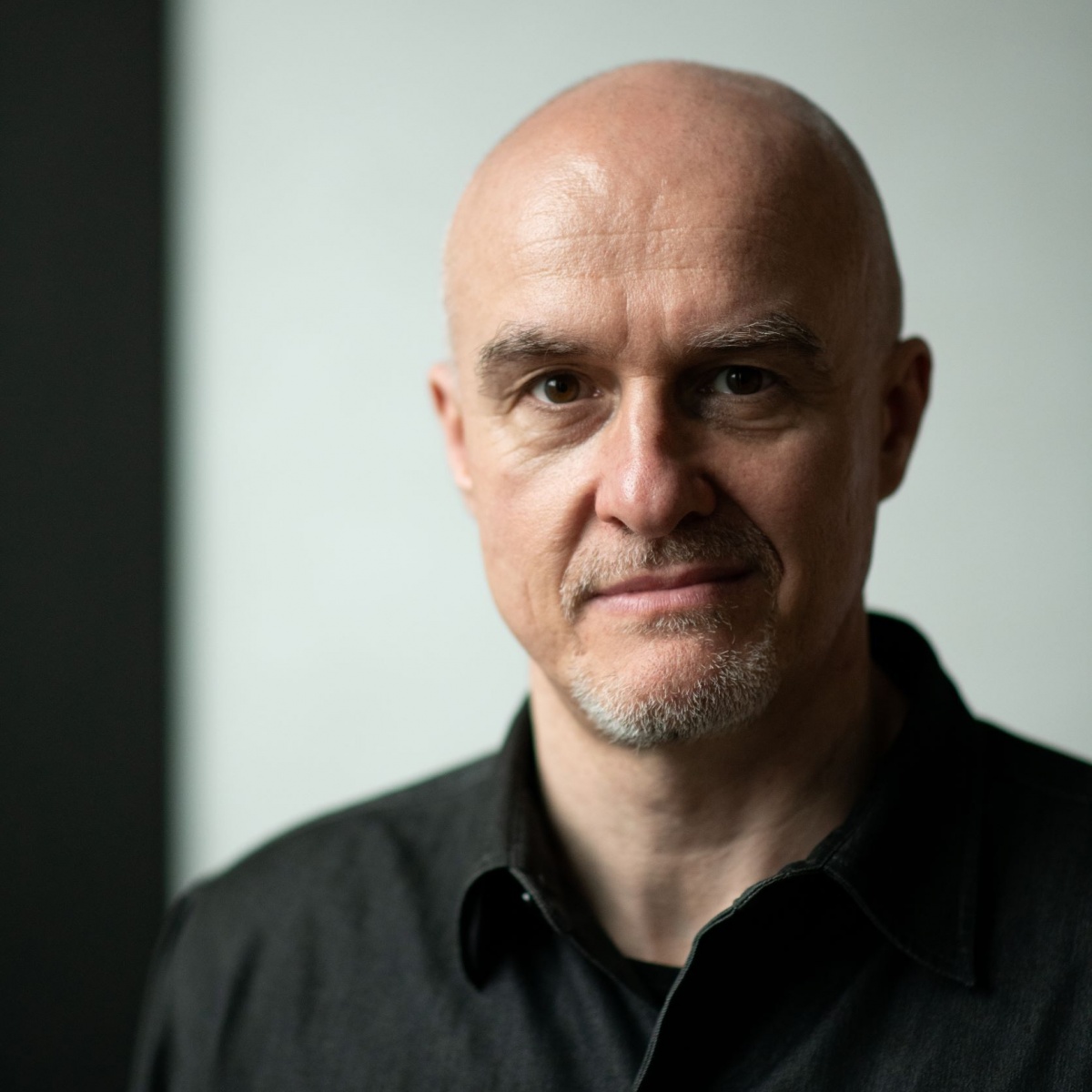Christopher Harding: Bringing Japan’s History and Culture to a Wide Audience

In this interview with historian and author Christopher Harding, he describes how he connects Japanese culture and ideas in narratives that make the country’s past and present accessible and engaging.
By Gavin BlairA teenager growing up in the leafy London suburb of Wimbledon during the late 1980s and early 1990s, Christopher Harding’s interest in Japan was first kindled via a documentary by broadcaster, writer and critic Clive James. He was far from alone in being enthralled by James’ attempts to experience and explain what appeared to be this strangest of strange lands. But Harding would go on to study in Japan, become a professor of Japanese cultural history, produce TV and radio programs about Japan, as well as write a series of acclaimed books on the country.
“Anything that was completely unlike my experience of the world was deeply attractive. And Japan ticked two or three boxes there,” recalls Harding. “He [James] made it seem absolutely fascinating, strange in a wonderful way; that there could be a place like that on the other side of the planet deeply interested me.” Along with the “aesthetic of the beautiful wooden architecture,” he was drawn to the simplicity of Zen Buddhism: “The idea that you just sit there in complete silence and the world reveals itself to you. I found that to be really a radical way of engaging with the world.”
“Japan ticked two or three boxes…that there could be a place like that on the other side of the planet deeply interested me.”
After completing a PhD in modern Indian history, Harding applied for a Daiwa Anglo-Japanese Foundation Scholarship, its 20 months consisting of intensive Japanese language study, a homestay and a work placement. His PhD supervisor “used to give me my stuff back with red pen all over it, but with creative suggestions about how to rephrase.” Then, at his assignment to the Asahi Shimbun‘s English newspaper, he encountered an editor who also took a hard look at his writing. He credits the sometimes painful feedback as being crucial in shaping him as an author.
Back in the UK, he took a professorship at the University of Edinburgh lecturing on India and Japan—“two places that don't often get compared.” His next writing forays took him to the nexus of Eastern religions and Western psychology. “There was a real movement in the 20th century to psychologize religion,” he says. “To say that it's all about your emotional states, and about trying to get access to deep parts of your mind. Japanese Buddhism, Buddhism generally, is a brilliant analysis of the human condition and what to do with it, how to work with it.”
Harding carried this train of thought into his 2018 book Japan Story - In Search of a Nation, 1850 to the Present (A History of Modern Japan), in which he examines the psychological fallout on the country’s populace as it rapidly modernized and integrated technology and ideas from overseas into a society that had been cocooned in centuries of semi-isolation. “In many ways Japan's modernization project was wildly successful,” he says. “In others, it causes generational trauma from people who lose out or are forced to change rapidly, whether it's the way they think or the way they dress or send their children to school.”
A thread of harking back to the Edo period, to a Japan largely untainted by outside influence, is expressed through the many contemporary novels, dramas and films still set in that time, believes Harding.
" I want to try to get is a sense of what were the really important turning point moments, and how I can tie that to individual lives.”

In The Japanese: A History in Twenty Lives (2020), Harding develops the idea of examining the nation’s story through the prism of individuals, beginning with the quasi-mythical shaman queen Himiko and concluding with Masako, the current empress. Women’s role in history—in Japan and elsewhere—is often overlooked or downplayed, but is robustly represented here. Among the better-known female figures are Hojo Masako, dubbed the “nun shogun” for effectively running the country after the death of her husband Minamoto Yoritomo, the late 12th century first ruler of the Kamakura shogunate. Seven centuries later, Kusomoto Ine became the first woman to practice Western medicine in Japan, a life that will be unfamiliar even to many with significant knowledge of the country.
The male cast is equally diverse, running the gamut from a poet and writer with a penchant for the erotic, Ihara Saikaku, to the postwar political powerbroker Tanaka Kakuei, nicknamed the “shadow shogun.” Harding says, “Instead of a laundry list of names and battles and locations, what I want to try to get is a sense of what were the really important turning point moments, and how I can tie that to individual lives.”
Presented in chronological order across five sections, each chapter focuses on a single life but deftly places it in its historical context and uses it to illuminate the way Japan was, and the ways in which it was changing. Harding’s engaging, artful prose ably zooms in and out from a micro vignette to a macro vista without a loss of focus on the relationship between the two.
“My aim is to see whether I can take what they know about Japan and put it onto a bigger canvas…Trying never to talk down to people.”

The Light of Asia - A History of Western Fascination with the East (2024), as the title suggests, examines the influence of the wider continent on Europe and America, delivered with the author’s trademark combination of scholarship and narrative flair.
His latest work’s title is equally self-explanatory: A Short History of Japan (2025). A truly broad sweep, across 200 pages, Harding takes the reader from the arrival on the archipelago of humans around 35,000 BCE through to the assassination of former prime minister Abe Shinzo in the summer of 2022.
“It's a kind of natural periodization where it's almost a series of snapshots where Japan is subtly different at every stage. Each snapshot becomes part of the picture later on,” says Harding of his approach for the new book. “But it’s about snapshots and drawing out the essentials and the significance, rather than blow by blow because that’s not how I want to write history.” While the book is certainly an accessible overview, Harding’s knack for weaving in entertaining vignettes, insightful observations and intriguing factoids keeps it eminently readable for those familiar with Japanese history.
Writing for a broad, non-academic audience, and one that is potentially growing due to the current rise in tourism and interest in all things Japanese, means readers often have different types of knowledge, notes Harding.
“What I'm finding is that people will often know a very great deal about a particular aspect of Japan. So, they might be a Kurosawa buff; they might be intricately knowledgeable about the history of manga or anime; they might have a real fetish for the samurai in the Sengoku period,” he says. “My aim is to see whether I can take what they know about Japan and put it onto a bigger canvas…Trying never to talk down to people, but trying to help them join the dots.”
“We normally talk about the opening up in the 19th century as though the Japanese and the West had never heard of each other. But there’s this quite underappreciated century that I think is really worth digging into.”
Not living in the country about which he writes brings some advantages with it, believes Harding. “I find being out of Japan and then visiting regularly and seeing what I notice is a very useful way to think about the country. And my readership is almost entirely non-Japanese.”
Being married to a Japanese woman, speaking Japanese at home, consuming Japanese media and raising three children to be bilingual and bicultural changes the game, emphasizes Harding. “That's a useful combination. I think if I didn't inhabit that parallel Japan in my family, simply going back regularly, even for long periods, wouldn't be quite the same.”
Between teaching university courses, working on documentaries (he was in Japan in September for an upcoming BBC program), putting out podcasts and a weekly Substack, he is somehow finding time to write another book, due out next year. Looking at the initial contact between Europeans and Japanese in the 16th century, the title, Barbarians, refers to the way both sides viewed each other.
Says Harding, “It's all about the first century of Westerners encountering Japan. I thought it'd be fairly topical, given how things are in Japan at the minute. We normally talk about the opening up in the 19th century as though the Japanese and the West had never heard of each other before then. But there's this quite underappreciated century that I think is really worth digging into. I'm having a bit of fun with that at the moment.”



